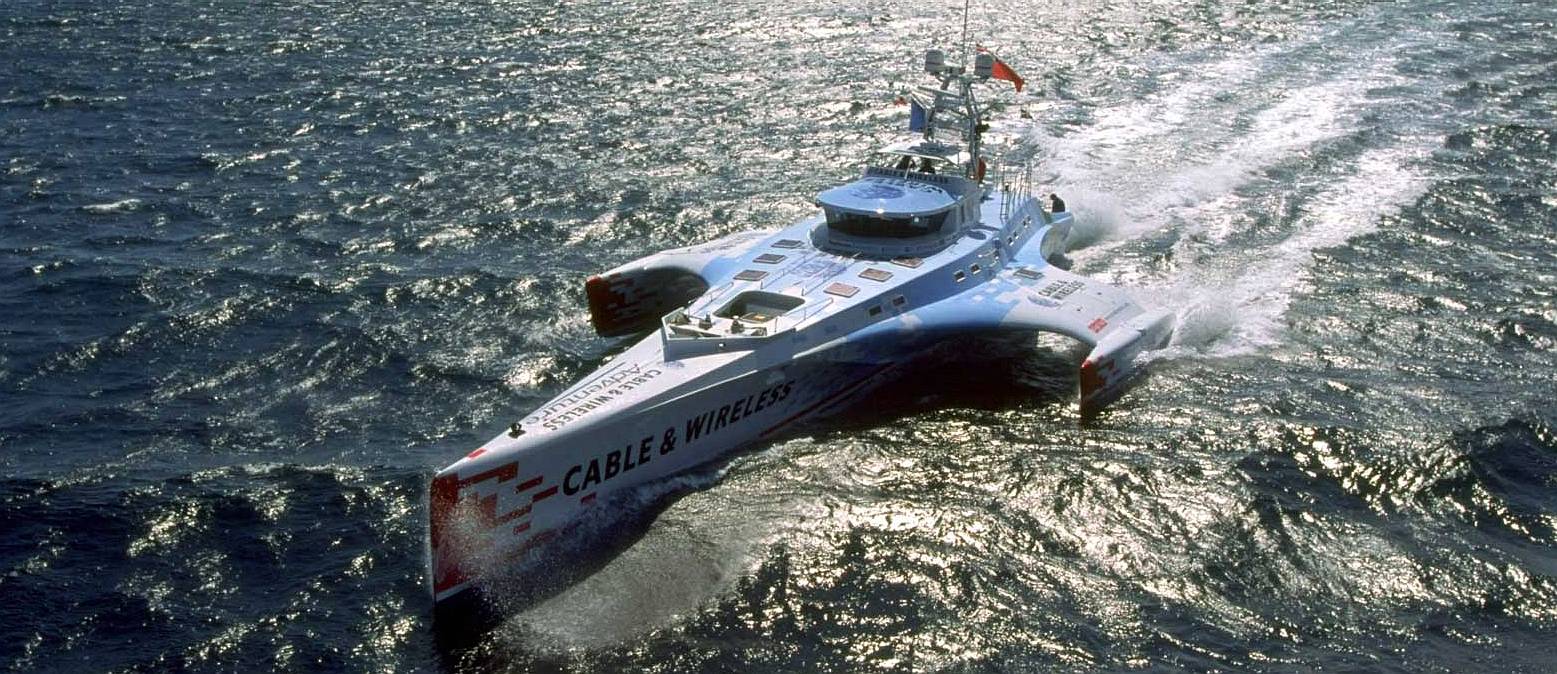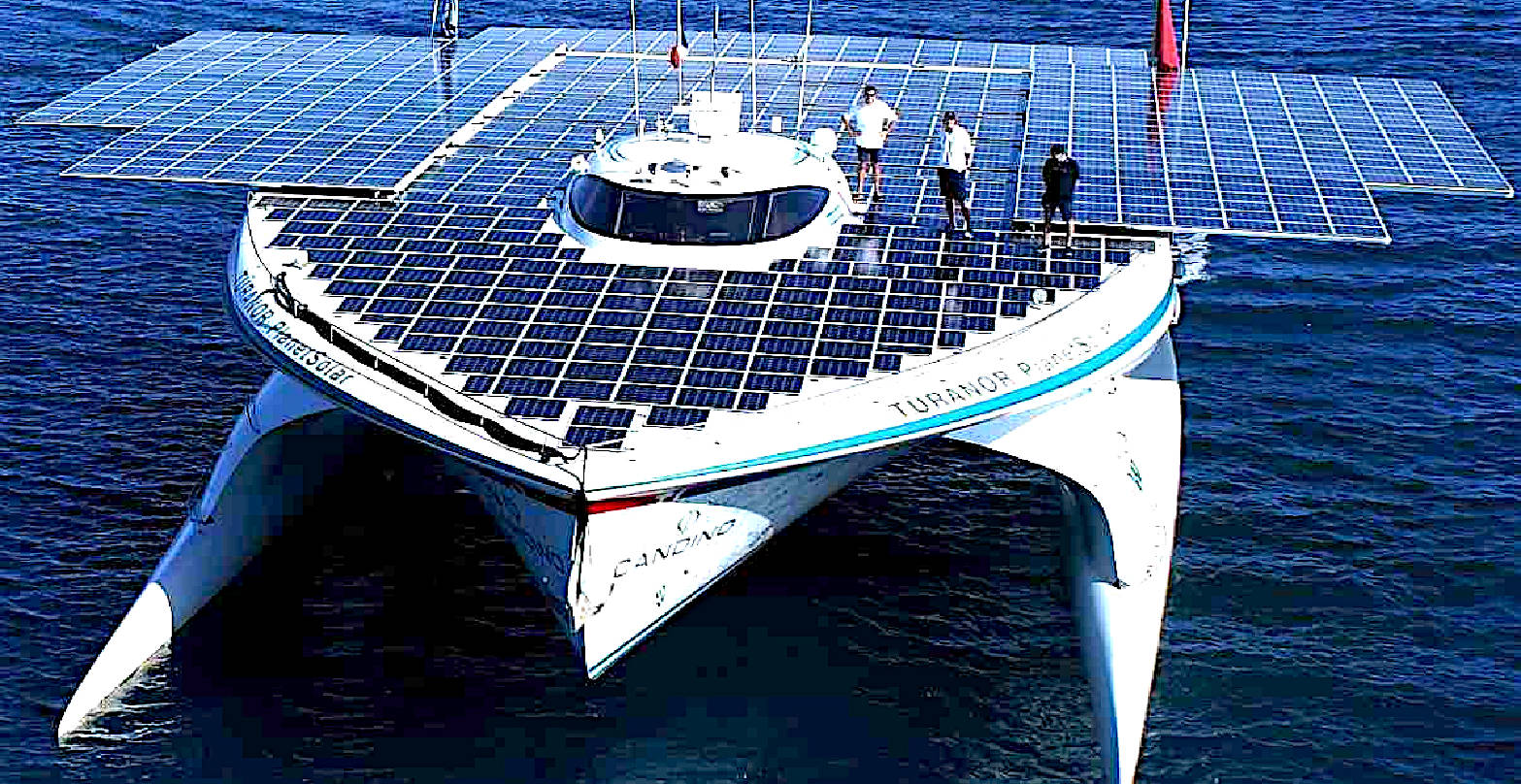|
T H E E L I Z A B E T H S W A N N
THE CLEAN: 'QUEEN OF THE SEAS' - ZERO EMISSION (BLUE GROWTH) ACCELERATOR PROJECT
|
|
|
Because we care about acid ocean and sea levels rising, we have embarked on a creative awareness campaign, writing and developing scripts that might be made into feature films for streaming into every home around the globe. Every one of the John Storm adventures features the incredible Elizabeth Swann, John's hydrogen powered ship.
|
|
|
V2 JANUARY 2024 - This is a CAD drawing for a revised main hull @ 2800mm with 1870mm outriggers (D4 43.72kg) proof of concept model
THE SHIPPING INDUSTRY CARRIES AROUND 90% OF WORLD TRADE
It would be fair to say that shipping is the life blood of the global economy, and very necessary in United Nations circular economy terms, called, Sustainability Development Goals, or SDGs.
Some 11 billion tons of goods are transported by ship each year.
Representing
1.5 tons per person based on the current global
population. Ocean
bound freight carriage is set to grow significantly by 2050, along with
exhaust emissions, save for IMO and EU targets.
|
|
|
|
|
|
The global push for net zero carbon emissions is one of humanity's greatest challenges. In this film, the FT's Simon Mundy explores how hydrogen - the lightest, most abundant element in the universe - could play a crucial role. From southern Spain to Swedish Lapland, we meet those at the forefront of this fast-growing space - all seeking a share of the billions to be made in the emerging hydrogen economy.
DIESEL RECORD TO BEAT - The Cable and Wireless adventurer was a stunning achievement in 1998, around the world in 75 days. But still the fastest round the world boats are sailing multi-hulls. The Jules Verne (sailing) Trophee is held by Francis Joyon in the IDEC Sport in 41 days, set in 2017. These are tough records to beat. They do not happen overnight. They are the result of years of fine tuning and waiting for ideal conditions. Not to mention having a team with persistence and backing. Unfortunately, though the clipper ships of old (Like the Cutty Sark) managed incredible times to deliver spices and silks, sail power cannot provide reliable container ship deliveries, when the wind does not blow. Where conventional bunker fuels are being outlawed, one solution is clean, green and renewable hydrogen.
The Elizabeth Swann is more than a high-performance vessel; it's a beacon of innovation with the potential to revolutionize the maritime industry, in the potential to scale up the technology for cargo carriers and cruise liners. By embracing this technology, we can collectively navigate towards a cleaner, more sustainable future for the world's oceans.
SOLAR
RECORD TO BEAT - On the 27th of September 2010 Tūranor PlanetSolar started on a journey around the world from Monaco. With this expedition, the initiators of the project aimed to focus the public awareness on the importance of renewable energies for environmental protection.
|
|
|
|
|
|
Please use our A-Z INDEX to navigate this site
This website is Copyright © 2025 Jameson Hunter Ltd, an equal opportunities company. This website is carbon friendly, using less energy to load on average per page via simplicity & picture optimization. The same may not apply to third party links. The names: Elizabeth Swann John Storm Jules Verne Kulo Luna® and Solar Navigator® are trademarks, all rights reserved.
|





